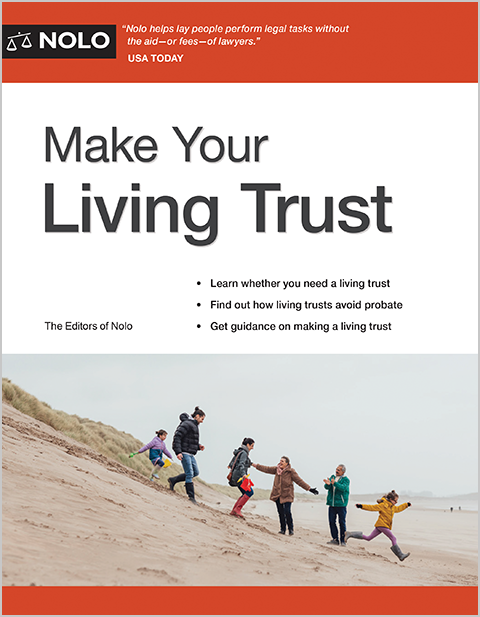Learn what steps to take if you change your mind about a payable-on-death (POD) account beneficiary.
Families change; relationships change. At some point, you may decide that you don't want to leave money to a POD payee you've named, or a beneficiary may die before you do.
You're free to change the POD arrangement, but you must carefully follow the procedures for making changes. The law books, sadly, are full of cases brought by relatives fighting over the bank accounts of their deceased loved ones who didn't pay enough attention to these simple rules.
How to Change a POD Designation
There are two easy and foolproof ways to make a change to a POD account:
- withdraw the money in the account, or
- fill out, sign, and deliver to the bank a new account registration card that names a different beneficiary or removes the POD designation altogether. (You also may be able to do these steps by logging into your online account and finding the link to change a beneficiary.)
To ensure that your wishes are followed after your death, follow the bank's procedures. A change in beneficiary isn't effective unless you fulfill the bank's requirements. Almost all banks require something in writing—a phone call isn't good enough. In most places, your written instructions must be received by the bank before your death to be effective.
Changing a beneficiary might not sound difficult, but it's not all that unusual for problems to arise. In one case, after a woman's death, a new signature card was found on her desk in a stamped envelope. Relatives sued over the money. The court ruled that the change wasn't effective because the new signature card was ambiguous and because the bank had not received it before her death. (Codispoti v. Mid-America Federal Savings and Loan Ass'n, No. 85AP-451, Ohio App. (1986).)
Avoid Contradictory Will Provisions
Trying to change a POD designation in your will by leaving the account to someone else is almost certain to cause problems after your death. At best, it will spawn confusion; at worst, disagreements or even a lawsuit.
About half the states say, flat out, that a POD designation can't be overridden or changed in a will. In these states, a will provision that purports to name a new beneficiary for a POD account will simply have no effect.
Some states allow you to revoke a payable-on-death designation in your will if you specifically identify the account and the beneficiary. An attempt to wipe out several accounts with a general statement won't work. In one case, a South Dakota woman wrote in her will that "I hereby intentionally revoke any joint tenancies or trust arrangements commonly called 'Totten trusts' [another name for POD accounts] by this will." After her death, a court ruled that even this language wasn't specific enough; state law requires every POD account to be individually changed or revoked. (In re Estate of Steed, 521 N.W.2d 675 (S. Dak. 1994).)
The moral: Never rely on your will to change a payable-on-death account. Instead, deal directly with the bank, which, after all, will be in charge of the money after your death.
Property Settlement Agreements at Divorce
A property settlement agreement, even though it's approved by a court when a couple divorces, may not revoke a payable-on-death designation.
For example, when a New York couple divorced, the property settlement agreement gave the husband "any and all bank accounts, held jointly or otherwise." Some of those accounts named the wife as payable-on-death beneficiary; when the husband died, she inherited the money. The court ruled that because the settlement agreement had not named the accounts specifically, it had not met New York's statutory requirements for the revocation of a Totten trust account. (Eredics v. Chase Manhattan Bank, N.A., 760 N.Y.S.2d 737 (Ct. App. 2003).)
Similarly, when an Arizona couple divorced, their property settlement agreement gave the husband some bank CDs for which he had named the wife as the payable-on-death payee. But the husband never went to the bank and removed the wife as the POD payee. When he died, a court ruled that the ex-wife was entitled to the money, because the settlement agreement had no effect on the contract between the husband and the bank. (Jordan v. Burgbacher, 883 P.2d 458 (Ariz. Ct. App. 1994).)



